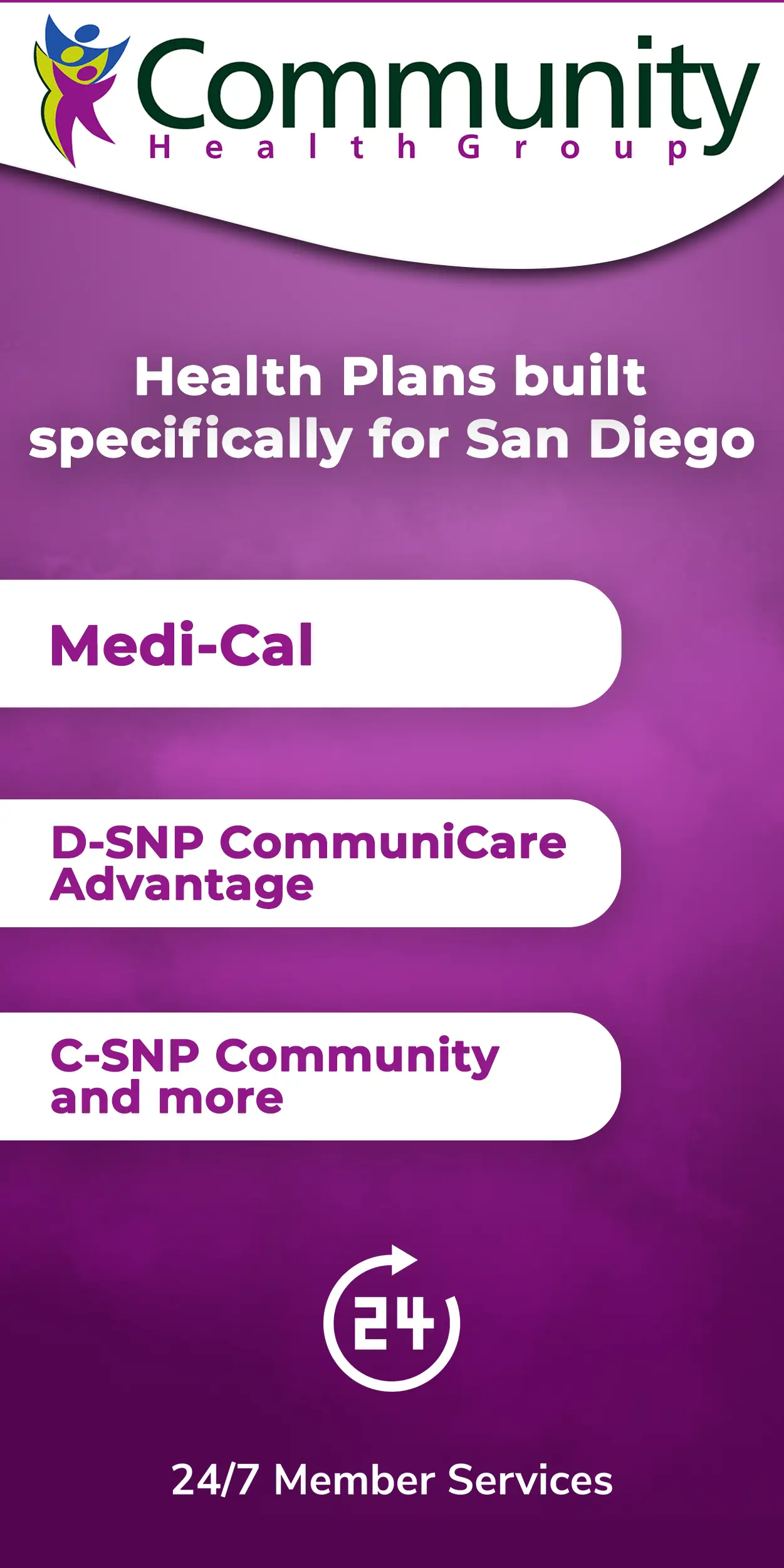By: Carlos Antonio Flores
Early in my career, like many people, I struggled to achieve many of the goals I set for myself and my organization. Especially, because the absolute lack of clarity was a common reason for the failure of many plans. Clarity is crucial at several levels of planning, from overall goals to specific tasks and timelines.
Without it, we are subject to goal misalignment: without clear, well-defined objectives, team members may have different interpretations of what needs to be accomplished. Misalignment can lead to wasted effort and a lack of progress toward expected results.
- Unclear priorities: When priorities are not communicated, team members may have difficulty understanding where to focus their efforts. This can result in a scattered focus, with people working on tasks that may not contribute significantly to the overall objectives.
- Ambiguous milestones: Unclear or ambiguous milestones make it difficult to measure progress accurately. Team members may not know when they are on track or if they need to make adjustments to meet specific deadlines.
- Lack of accountability: Without clarity on responsibilities and expectations, accountability may be compromised. Team members may not take ownership of their tasks, leading to a lack of commitment and accountability. It wasn’t until I discovered how to establish an individual and organizational 30/60/90 plan.
A 30/60/90 plan is a strategic outline that helps individuals or teams set goals and priorities for the first 30, 60 and 90 days of a new project, job or initiative. This is commonly used in business, particularly during the onboarding process or when assuming a new role.
The importance of having a 30/60/90 plan can be summarized in several key points:
- Clarity of objectives: the plan helps individuals or teams clarify their short- and medium-term objectives. This clarity is essential to focus efforts and resources on the most critical tasks and objectives.
- Structured approach: dividing objectives into 30-, 60- and 90-day segments provides a structured approach to planning and execution. This structure allows for better organization and tracking of progress.
- Alignment with long-term objectives: The plan helps ensure that short-term actions align with long-term objectives. By setting incremental goals, people can make steady progress toward achieving broader goals over time.
- Communication tool: the plan serves as a communication tool, allowing people to share their strategic approach with team members, superiors or stakeholders. This helps build alignment and gain support.
- Adaptability: The 30/60/90 plan is not rigid; it allows for adjustments based on feedback, changing circumstances or unforeseen challenges. This adaptability is crucial in dynamic environments.
- Performance evaluation: The plan provides a basis for evaluating performance and progress. Periodic evaluations at 30, 60 and 90 days allow for adjustments, recognition of achievements and addressing any problems.
- Time management: By clearly outlining tasks and objectives in specific time periods, the plan aids in effective time management. It helps people prioritize tasks and allocate resources appropriately.
- Motivation and accountability: Having a plan in place can increase motivation, as people can see the progress they are making. It also fosters accountability, as the plan serves as a commitment to achieve specific results within established time frames.
- Risk mitigation: the plan allows for the identification of potential risks and challenges early on, allowing proactive steps to be taken to mitigate these risks before they escalate.
- Professional development: For people taking on new roles, the 30/60/90 plan can be a valuable tool for personal and professional development. It encourages reflection on skills, knowledge gaps and areas for improvement.
In conclusion, the 30/60/90 plan is an important tool for goal setting, organization, communication and adaptability. It supports individuals and teams to achieve success by providing a structured roadmap for the early stages of a project or new role. It helped me in my career and I know it will help you if you start using it.






































Leave a Reply